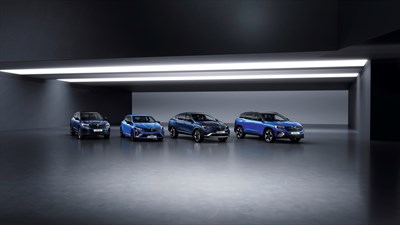YOUR QUESTIONS ABOUT E-TECH FULL HYBRID TECHNOLOGIES

E-Tech full hybrid, Renault’s expertise
Find all the answers to your questions about the Renault E-Tech full hybrid technologies in our vehicles.
your questions about hybrid cars
your questions about charging hybrid vehicles and driving ranges
your questions about the advantages of hybrid cars


